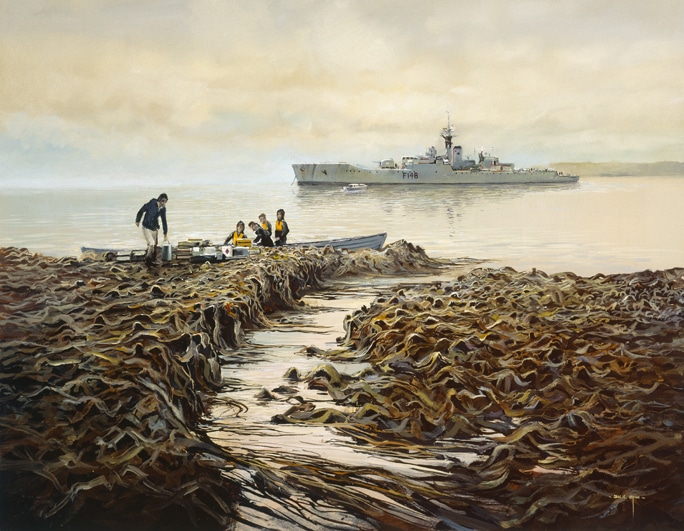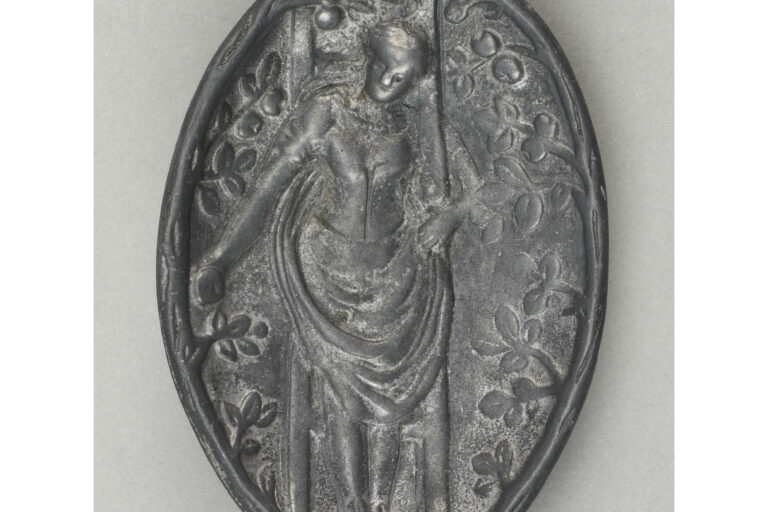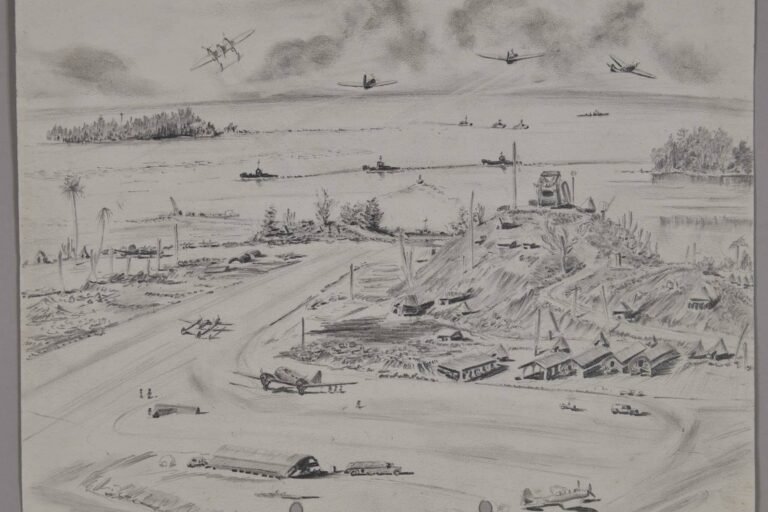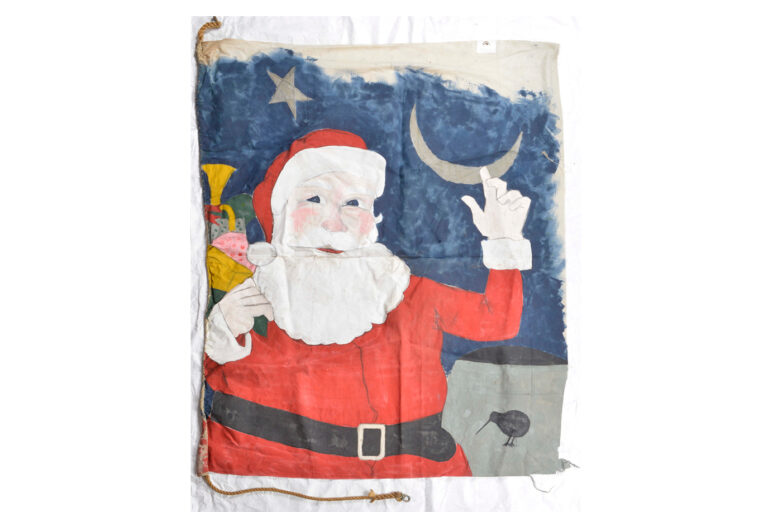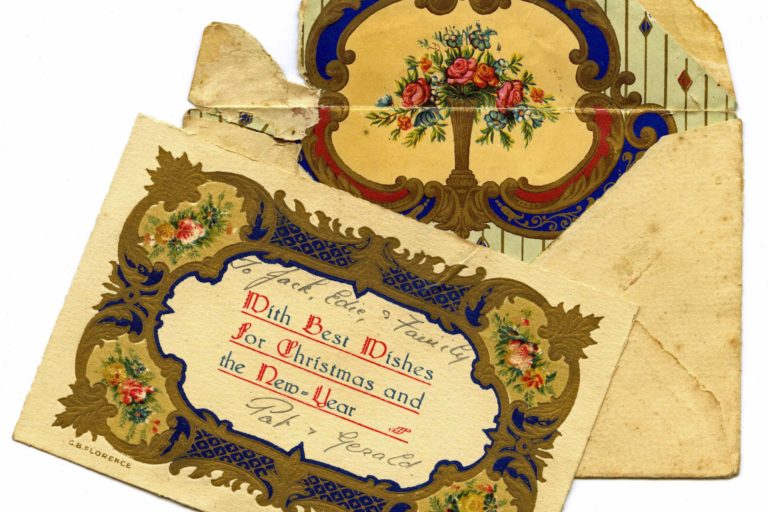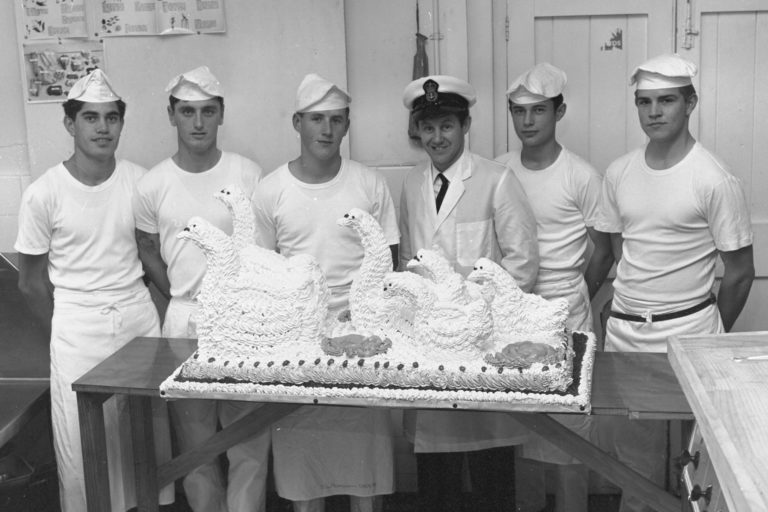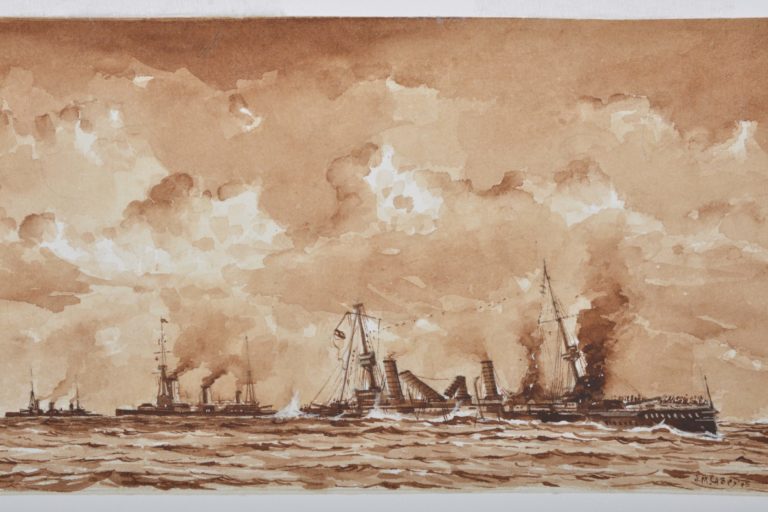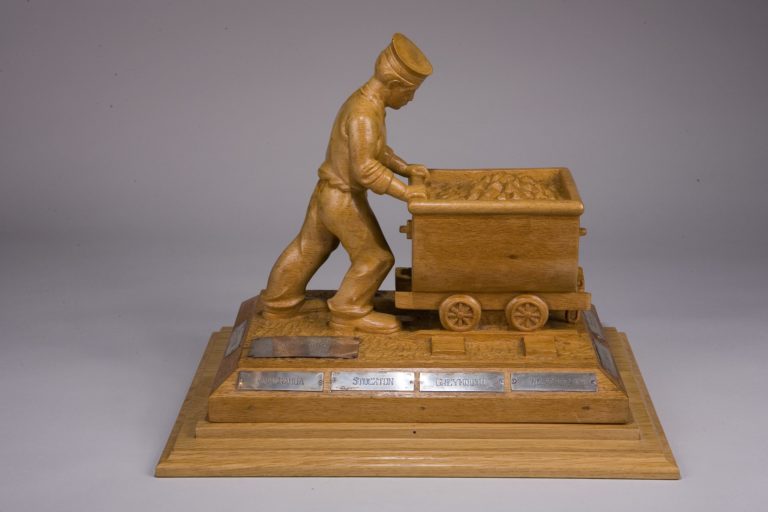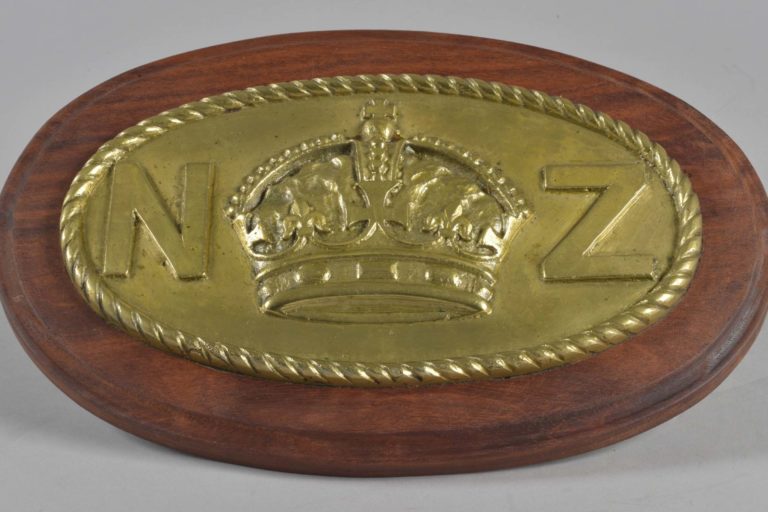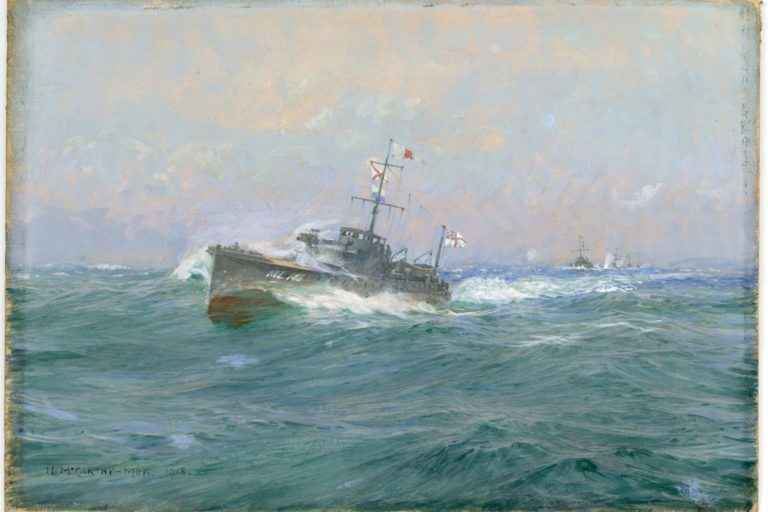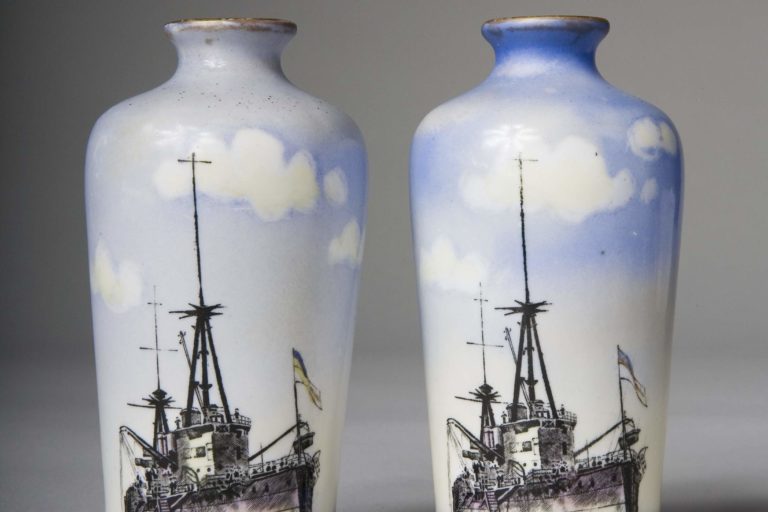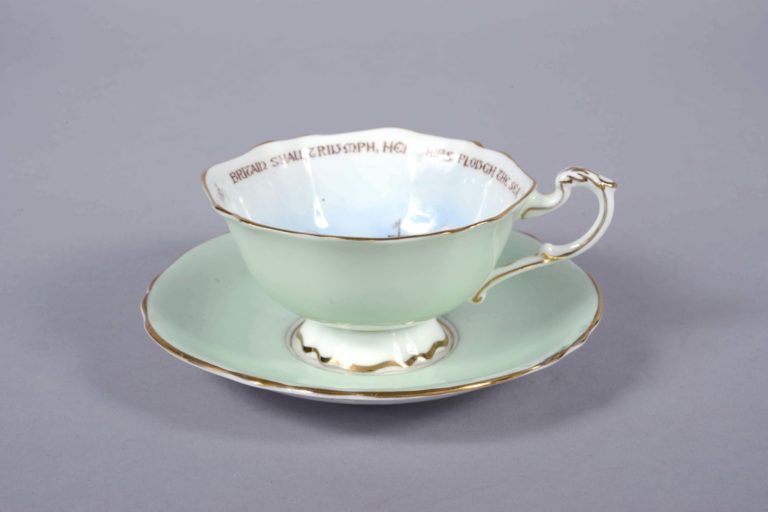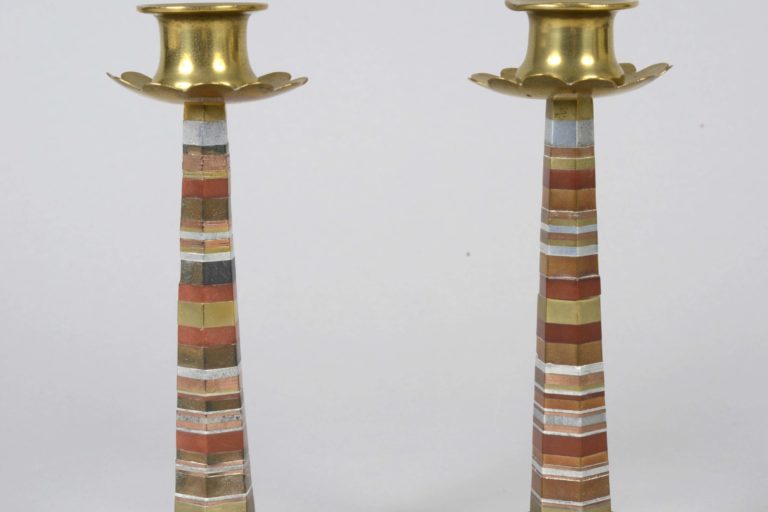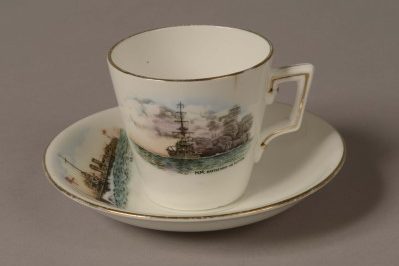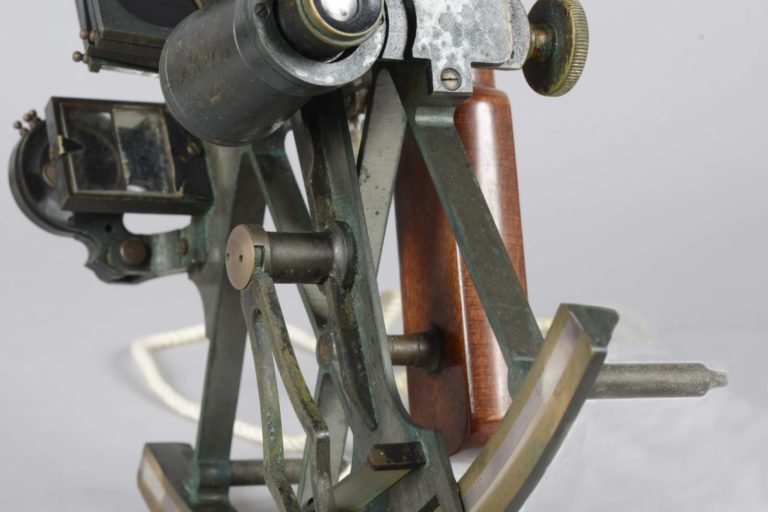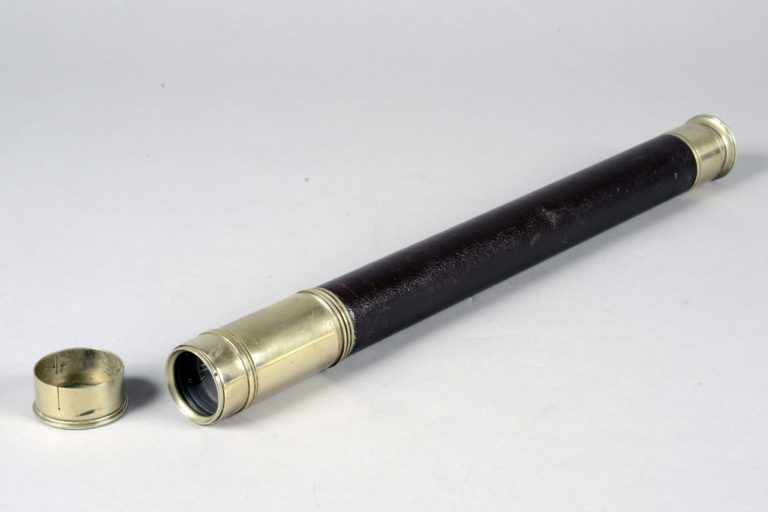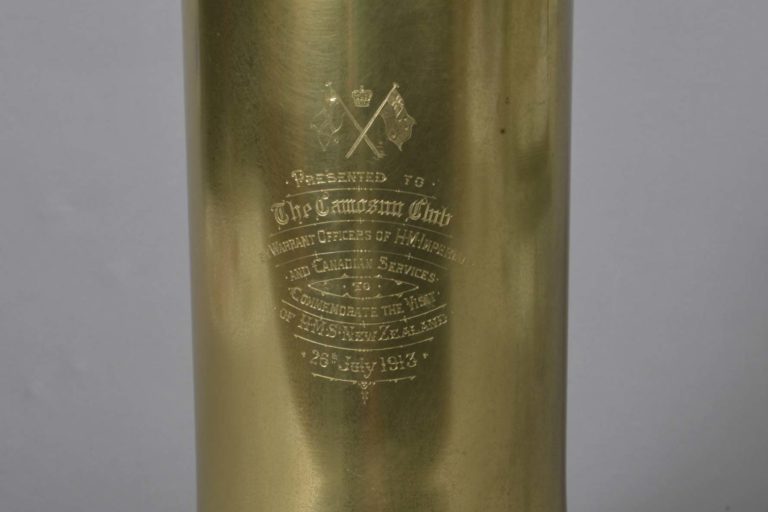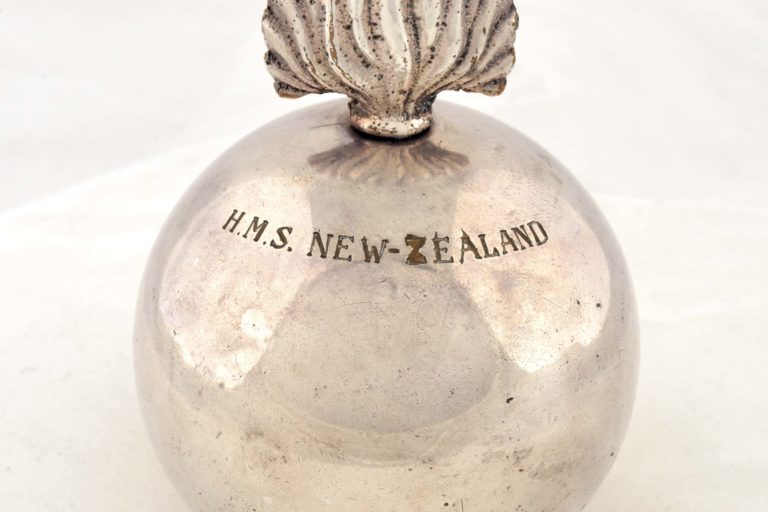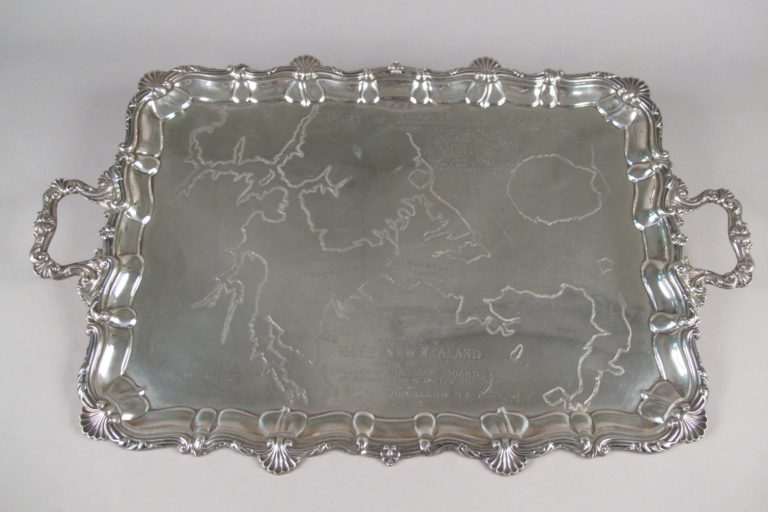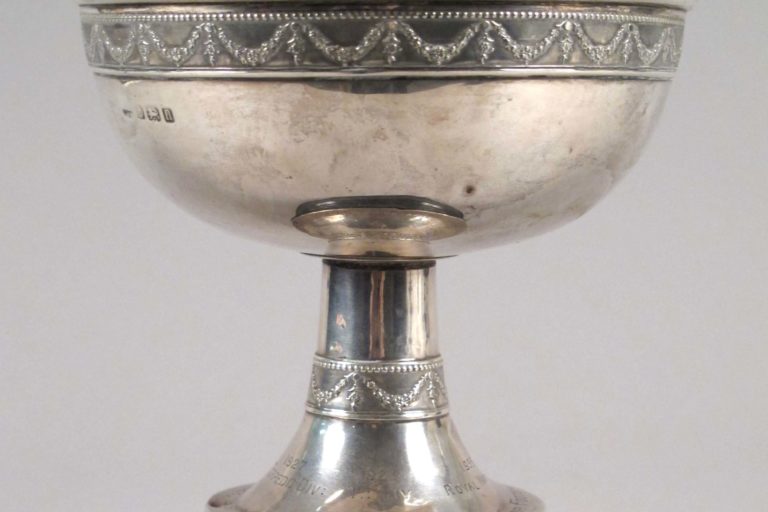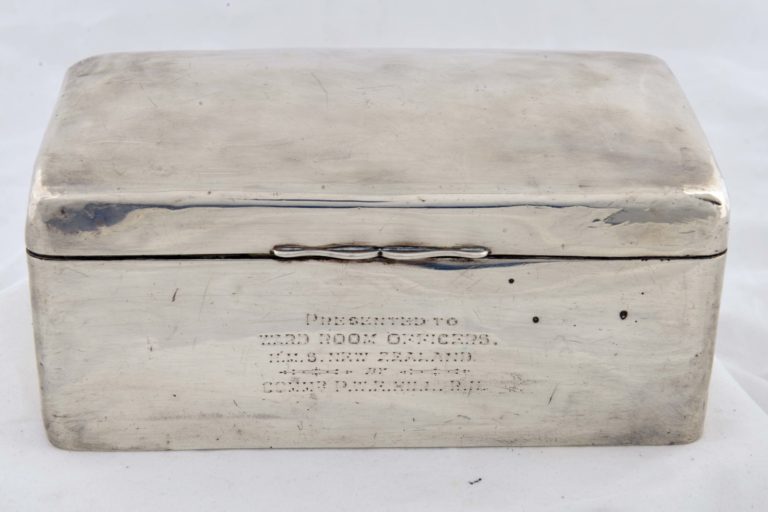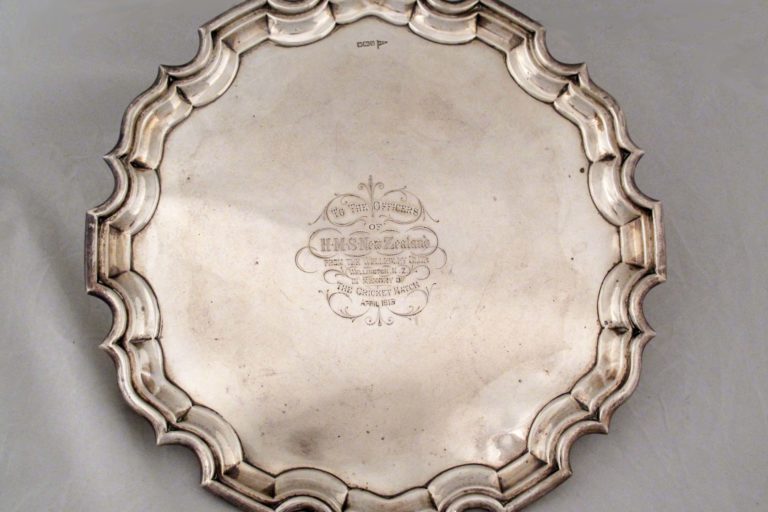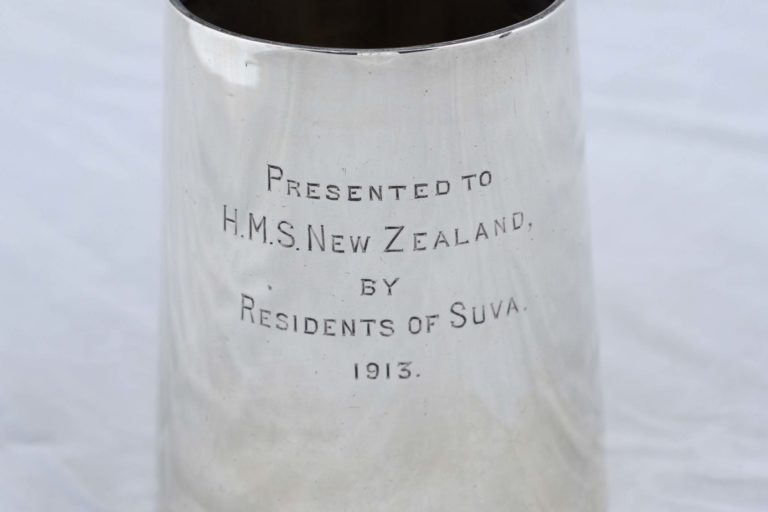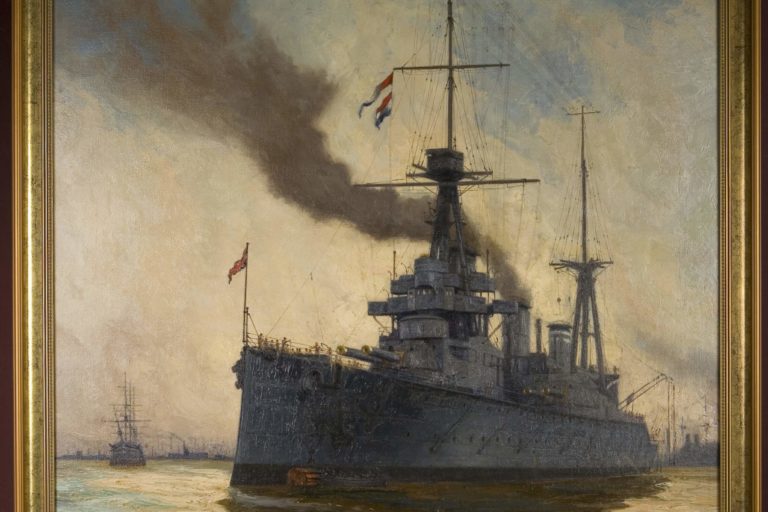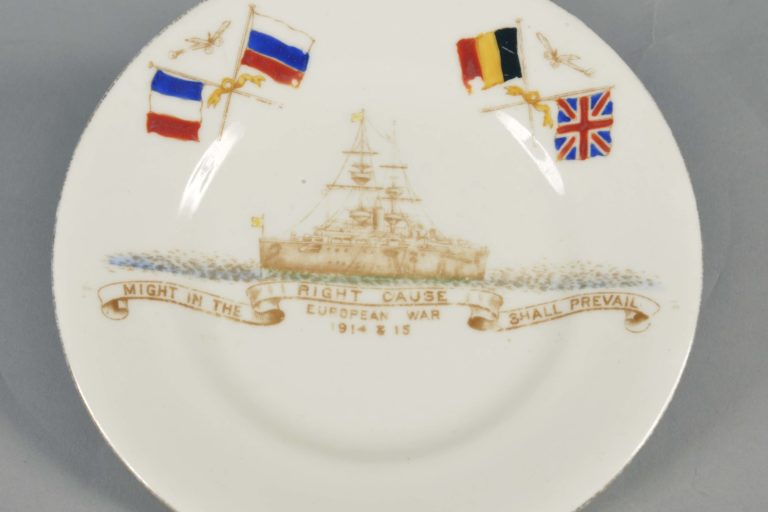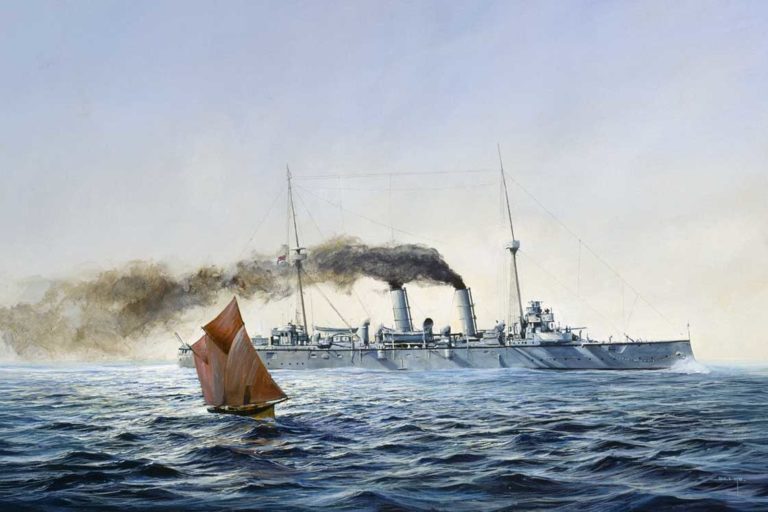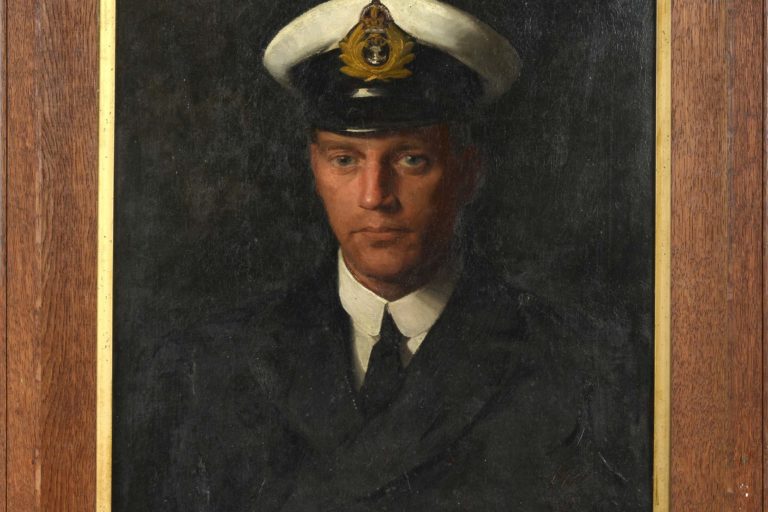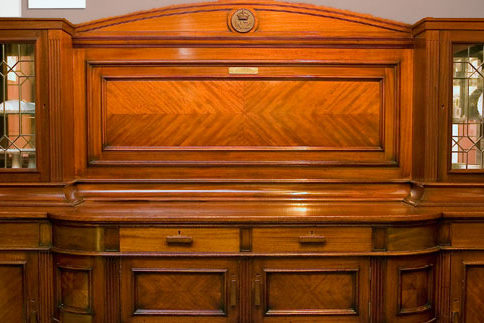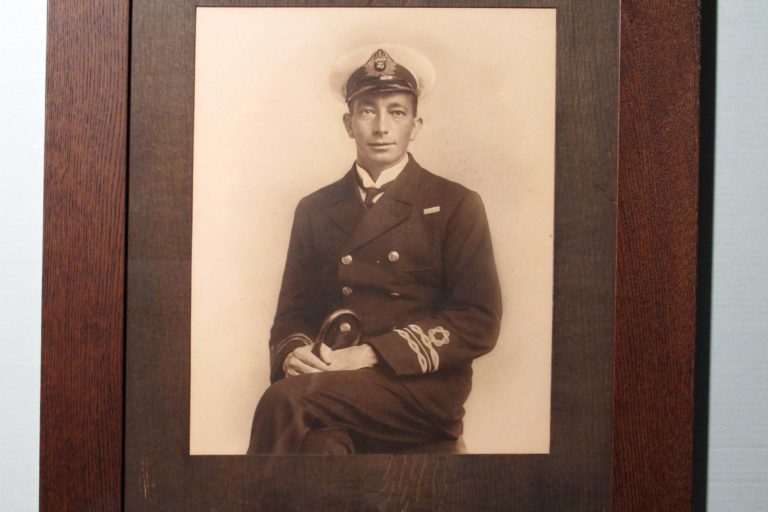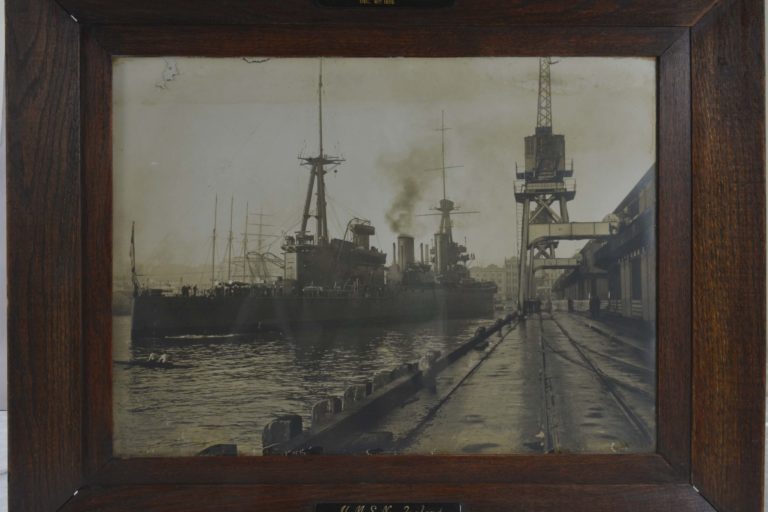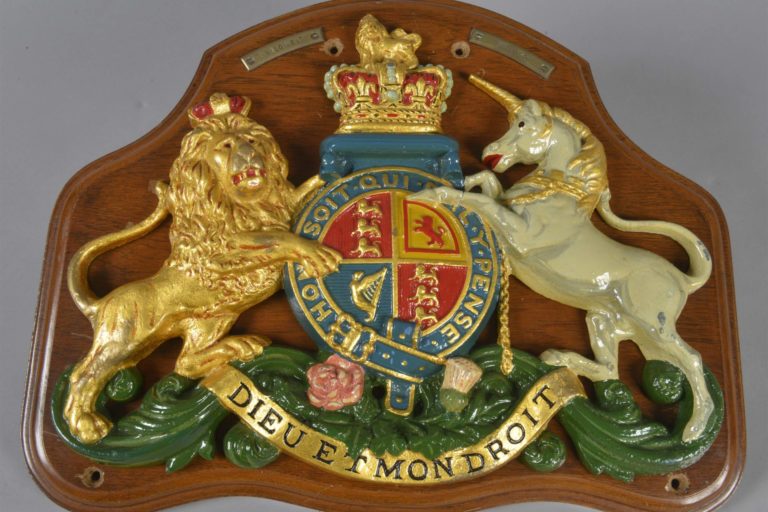At the outbreak of the Second World War the government and the Ministry of Defence was inundated with applications for the position as an official war artist.[1] The appointment of an official photographer was also being considered at this time.
No decision was made on the appointment for some time. It was not until October 1940 that Peter McIntyre applied for the position as war artist with the NZEF.
This meant that he would only serve with the 2NZ Division and not the RNZAF or RNZN. Freyberg sent this application with a covering note and advised that he was ‘not competent to assess artists’ merits.[2]
The High Commissioner in London was pushing for an appointment but Peter Fraser would not be rushed into any decision.
Applications were still coming in and those who had already applied were chasing on a decision.
On 23 April 1941, Wellington was informed that Gunner Peter McIntyre of the 34th Anti-Tank Battery had been appointed by GOC 2nd NZ Division (Freyberg) to the position of official war artist with the rank of 2nd Lieutenant.[3]
It seems that the decision was made entirely by Freyberg without consultation with Wellington. The paperwork was sent after the decision was made and McIntyre had begun work. There would be one issue with this selection.
It meant that the official war artist would only be able to cover the 2nd NZ Division and there does not appear any consideration given to works covering the RNZAF and Navy.
The artworks that were produced by McIntyre were the copyright of the Government.[4] This precedent still applies to any artwork produced on behalf of the NZDF, regardless of the medium used.
While the Army was adequately covered by the appointment of war artists in the Second World War, the RNZN was not so lucky.
In a memorandum dated 18 March 1943, the Under-Secretary for Internal Affairs War J.W. Heenan suggested to PM Peter Fraser that ‘artists in New Zealand be set to cover not only Army, Navy and Air Force activities here (NZ) but also the civilian war production…”[5]
Russel Clark was appointed as Official War Artist to the 3rd NZ Division that was operating in the Pacific. He had originally applied for the position in October 1942.[6]
At the same time a Mr Barnes-Graham was also working as an artist. He had completed a series of paintings that were returned to New Zealand for exhibition. He was ordered to remain in New Zealand rather than return to the islands. He was tasked with completing portraits of senior commanders. [7]
This was a general duty and his efforts were not to be restricted to the Division but cover also the RNZAF and RNZN.[8] By November he had gone missing and it was felt that ‘his services were no longer required’. He was later reported as working in the Solomons with the RNZAF.[9]
No mention is made about the RNZN units stationed there.
In 1945, the RNZN was concerned that the war art for the RNZN would consist of ‘a Converted Coaster and a Motor Launch’.[10]
The RNZN wanted to take photographs of Clark’s paintings for future publication and also considered that he be given passage on a cruiser whilst on deployment away from New Zealand.[11]
Given the uncertainty of Clark’s position with the government departments in Wellington this idea does not seem to have been pursued. In March 1945, the High Commissioner in Canberra was advising that the Australian forces had appointed a further seven official war artists.[12]
In May 1945, a Staff-Sergeant William A. Sutton working for the Army Welfare Service, was considered by the Navy Office ‘to be well qualified to serve as an official artist for the RNZN.’[13]
His name had first been put forward in 1943. This appointment was supported by the Chief War Archivist E.H McCormick.[14] As the senior officers “like his cut” it was thought that Sutton would be of a suitable temperament to serve with the RNZN in the capacity as official war artist.[15]
The timing was thought most appropriate with HMNZS Achilles & Gambia then serving with the British Pacific Fleet off Japan. This would also give Sutton the experience at sea to recreate some of the significant naval events of the war’s earlier years. [16]
The Navy Office sent a memo to the Minister of Defence in May asking for the services of Staff-Sergeant Sutton and advising that he would be given a temporary commission as a Sub-Lieutenant.
It rehashed the arguments that had been put forward in earlier Navy Minutes.[17] This went to the War Cabinet and was not approved when it met in July 1945.[18] The RNZAF also tried to get the services of Sutton as their official war artist but it was also declined.
The War Cabinet had in November 1943, decided if the navy or air force wanted their own war artist then they would have to seek approval from the Minister of Defence.
It seems that both services did not seriously look at appointing someone to the position until 1945, by which time it was too late as the war was drawing to a close.[19] No further action was taken.
It does not appear that the RNZN appointed an official artist and that Colin Wynn, became the RNZN artist by default. In 1982 a RNZN Captain saw a painting of his, a fishing boat, in an exhibition in Wellington and invited him to become the official artist of the RNZN.
This appointment ‘came out of the blue’ and at first he thought the whole idea a joke because some of his friends “owed him one”. There is no record in the RNZN archives of any formal documentation appointing him as the official artist.
The only document located is dated 7 August 2000 requesting a series of paintings to be produced. All of the Wynn naval paintings are the property of the RNZN and some are held at the Navy Museum. Other paintings are designated Fleet Trophies.
Profile of Colin Wynn[20]
Colin Wynn was born in Wellington and moved the West Coast in the 1970s. He is an outdoors person, keen on hunting, shooting and fishing. In 1978 he became one of the few full-time artists in New Zealand, working in a variety of media, mainly oil and acrylic, but also gouache, water colour and pastel, as required by the subject, mood or location. Colin works both in the studio and on location.
Colin’s work is diverse as dramatic rescues, such as that by HMNZS Monowai in a storm in the Southern Ocean in 1994, to historical themes such as Motuihe Island.
Colin has completed over 1,500 paintings. The mountains and bush are the subject of many. Since becoming the RNZN’s artist, Colin has developed the maritime theme and this is becoming a major part of his work, although his paintings for the RNZN are only a small part of his output. Colin is still very much a working artist and while in the past the main theme of his work has been the outdoors, over the last couple of years he has begun to concentrate more on maritime works.
View Painting the Navy – celebrating 80 Years of the RNZN with Colin Wynn.
Sources:
[1] AD Series 1 Box 1344 Record No. 319/13/3 Part 1 – Staff Official Artists n.d. See enclosed correspondence.
[2] ibid. Letter from Freyberg to Minister of Defence dated 25 October 1940 with attached letter from Peter McIntyre dated 18 October 1940.
[3] ibid. Letter from HQ 2NZEF to Army HQ Wellington dated 23 April 1941. Given the events the New Zealand forces were involved in at this time it is not surprising that notice was not formally requested.
[4] ibid. Telegram from Minister of Defence to GOC NZEF Cairo dated 22 July 1941. Images from Crete had been used in New Zealand papers without official clearance.
[5] N Series 1 Box 364 Record No. 13/18/92 Personnel –Appointments – Official War Artist – RNZN (Royal New Zealand Navy) 1941-1945. Memorandum J W Heenan to Peter Fraser dated 18 March 1943.
[6] AD Series 1 Box 1344 Record No. 319/13/3 Part 1 – Staff Official Artists n.d. Letter from Russell Clark to Minister of Defence dated 21 October 1942.
[7] AD Series 1 Box 1344 Record No. 319/13/3 Part 2 – Staff Official Artists n.d. Memorandum from PM Department to ADJ General Army HQ Wellington dated 6 July 1944, memorandum dated 8 July 1944, and two telegrams dated 14 July 1944.
[8] N Series 1 Box 364 Record No. 13/18/92 Personnel –Appointments – Official War Artist – RNZN (Royal New Zealand Navy) 1941-1945. Memorandum to HQ 2NZEF IP dated 11 March 1944.
[9] ibid. Memorandum from Army HQ Wellington to HQ 3rd Division Base Auckland dated 6 December 1944. See also earlier correspondence dated in 1944 in the file. The appointment of Clark seems to have been badly mishandled. See also AD Series 1 Box 1344 Record No. 319/13/3 Part 2 – Staff Official Artists n.d. It seems as if he was appointed as an official war artist but the 3rd Division was not told before he arrived in the theatre to begin work.
[10] ibid. Navy Office Minute Sheet dated 15 February 1945.
[11] ibid.
[12] AD Series 1 Box 1344 Record No. 319/13/3 Part 2 – Staff Official Artists n.d. Memorandum from the New Zealand High Commissioner Canberra to Minister of External Affairs dated 16 March 1945.
[13] N Series 1 Box 364 Record No. 13/18/92 Personnel –Appointments – Official War Artist – RNZN (Royal New Zealand Navy) 1941-1945. Navy Office Minute Sheet dated 17 May 1945.
[14] ibid. Memorandum from Chief War Archivist to Director of Naval Intelligence dated 17 May 1945.
[15] ibid. Navy Office Minute Sheet dated 19 May 1945.
[16] ibid. Navy Office Minute Sheet dated 25 May 1945.
[17] ibid. Memorandum from Navy Office to Minister of Defence dated 26 May 1945.
[18] ibid. Request from Minister of Defence dated 19 June 1945. Hand written note stating Not Approved. See also AD Series 1 Box 1344 Record No. 319/13/3 Part 2 – Staff Official Artists n.d. Undated memorandum from Chiefs of Staff Committee to Minister of Defence but possibly June 1945.
[19] ibid. Memorandum from Chiefs of Staff Committee to Chief of the General Staff dated 8 August 1945.
[20] From an undated profile.

